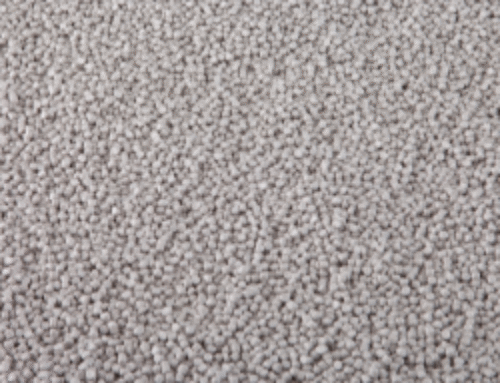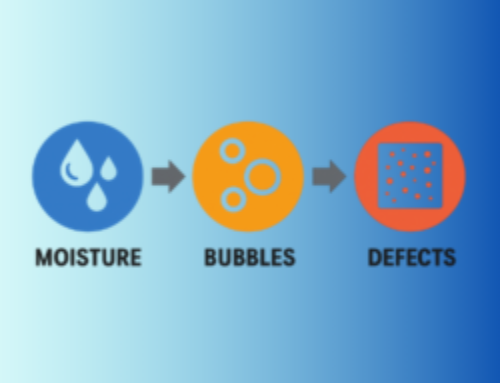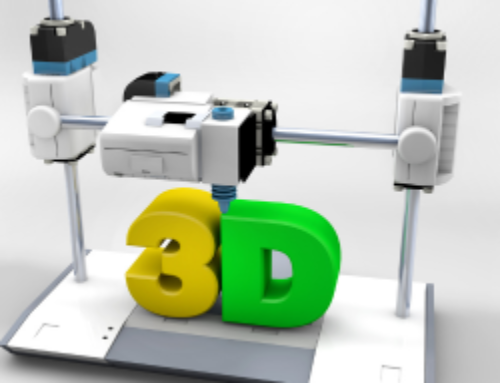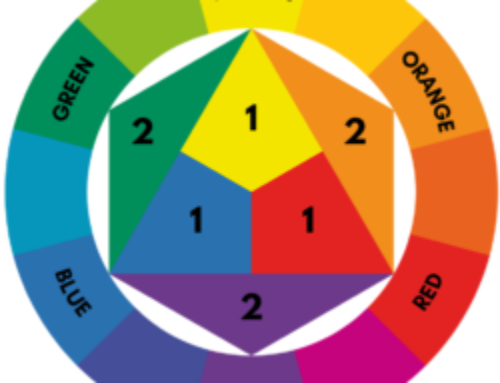Key Color Challenges in Extrusion
-
Line Speed Variability
Faster or uneven extrusion speeds can affect pigment distribution, leading to inconsistent color bands. -
Melt Temperature Fluctuations
Even slight temperature inconsistencies can alter color, especially with heat-sensitive pigments. -
Back Pressure and Screw Design
Poor mixing due to improper screw design or settings can lead to streaking or uneven dispersion.
Key Color Challenges in Injection Molding
-
Shear Heat During Injection
High shear rates can degrade pigments or alter their tone. -
Hot Spots in Mold Cavities
Uneven mold cooling can cause color variation from part to part. -
Short Shot or Flow Marks
Improper fill can create visible color distortions or swirls.
| Color Issue | Injection Molding – Cause | Extrusion – Cause |
|---|---|---|
| Streaking | Color buildup in dead spots; inconsistent mold filling | Die buildup; inconsistent dispersion at die exit |
| Color Shift | Cooling inconsistencies between cavities or machines | Fluctuations in screw speed, temp zones, or resin feed |
| Gloss Variability | Mold surface finish or inconsistent part cooling | Line speed or die temperature changes |
| Pigment Dispersion | Lower shear; typically well controlled unless pigment is poorly pre-dispersed | High RPMs and long residence time make uniform dispersion harder |
| Thermal Degradation | Resin sitting in hot barrel too long during downtime | Long processing times; especially with heat-sensitive pigments |
| Color Consistency Over Time | Cycle-to-cycle variation or uncalibrated dosing | Process drift over time or unstable feed conditions |






